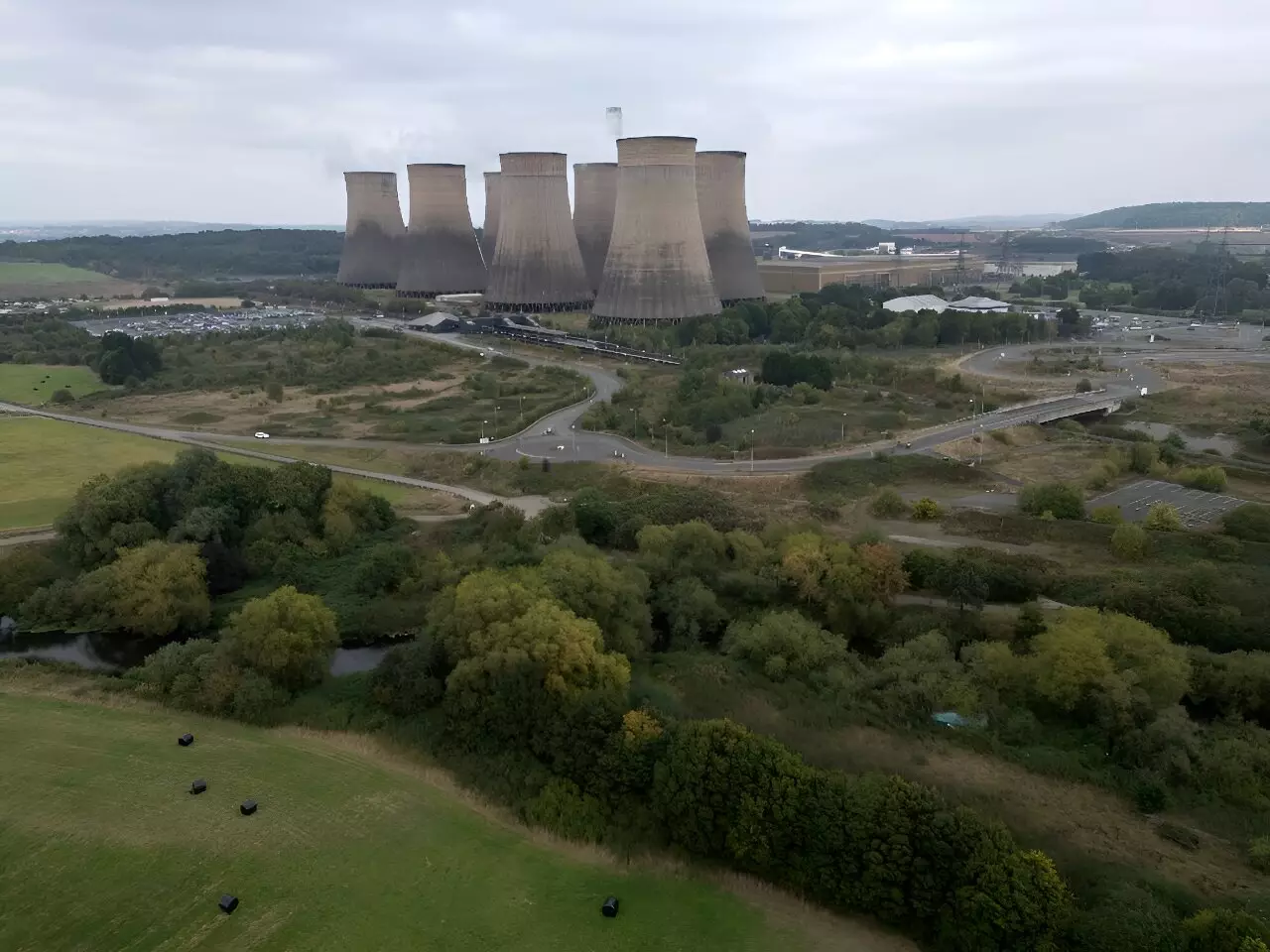On Monday, the United Kingdom officially closed its last operational coal-fired power station, Ratcliffe-on-Soar, paving the way for a significant shift in its energy landscape. This momentous decision signifies the UK as the first nation in the G7 to sever ties with coal as a primary source of electricity generation. The closure not only represents a significant step for the UK’s energy policy but is also a reflection of global efforts to transition toward cleaner, sustainable energy sources. Prime Minister Michael Shanks highlighted the importance of this transition, stating that while the age of coal is coming to an end, it heralds the beginning of new employment opportunities in green energy sectors.
The closure of Ratcliffe-on-Soar inevitably affects the local job market. Approximately 350 employees and contractors will face significant changes in their employment status, as Uniper, the plant’s operator, has announced a phased redundancy program. Workers will be offered alternatives within Uniper wherever possible, but there is an underlying reality that many could face unemployment in the coming years. This situation underscores the need for proactive measures to support these workers in transitioning to new job opportunities within the burgeoning renewable energy sector. As the government pushes for a green economic revolution, effectively retraining and reallocating these workers becomes crucial.
The closure of the Ratcliffe-on-Soar plant is deeply tied to the UK’s ambitious agenda to decarbonize its electricity supply by 2030 and achieve carbon neutrality by 2050. This journey toward a cleaner energy future sets a precedent for other nations, particularly within the G7, prompting discussions about the timelines of coal phase-outs among member states. Countries like Italy and France have outlined their plans to eliminate coal use, although they have not matched the UK’s pace. The radically different approaches to energy transition among G7 countries will inevitably shape global energy policy moving forward.
Coal powered the British Industrial Revolution and was the bedrock of the nation’s economy for over a century. At its peak, coal generated around 70 percent of the country’s electricity in the 1980s. Its decline, however, has been stark and rapid; from a power source that fueled immense economic growth, coal has dwindled to nearly negligible levels today. The once formidable Ratcliffe-on-Soar plant, which had the capacity to power two million homes, was largely dormant in recent years. Records indicate that its final coal delivery this summer fell short, supplying power for only eight hours. This marked the culmination of a long decline that began with significant policy shifts aimed at reducing coal’s environmental impact.
With coal’s chapter conclusively closing, the UK’s focus must shift to maximizing its renewable energy potential. In 2023, natural gas still comprised a significant portion of the electricity mix, which poses its own set of challenges, especially in light of climate commitments. Wind energy has made considerable strides, now accounting for 25 percent of the UK’s electricity generation, while nuclear remains a constant contributor at 13 percent. The newly minted Labour government aims to capitalize on this momentum by investing heavily in offshore wind, tidal energy, and nuclear projects through a publicly-owned body. This bold initiative not only aligns with climate goals but promises to stimulate job creation and economic growth.
As the UK moves cautiously into an era driven by renewable energy, it rests at a historic crossroads. The closing of the Ratcliffe-on-Soar plant is not merely an end; it symbolizes the beginning of a progressive transformation in energy production. As the country seeks to develop a comprehensive and robust energy strategy, it must prioritize sustainability, innovation, and community support for workers adversely affected by its pivot away from fossil fuels. By embracing this transition, the UK can emerge as a leader in clean energy technology, demonstrating to the world that it is possible to decouple economic growth from carbon emissions, setting the stage for a greener, sustainable future.


Leave a Reply